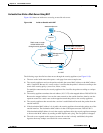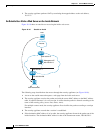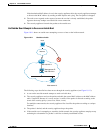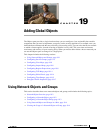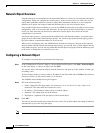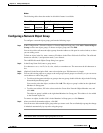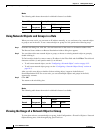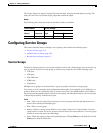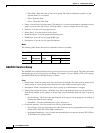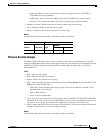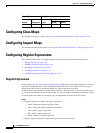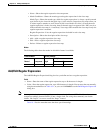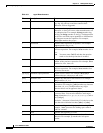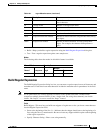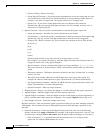
19-5
Cisco ASDM User Guide
OL-16647-01
Chapter 19 Adding Global Objects
Configuring Service Groups
The Usages dialog box appears listing all the rules currently using the network object or group. This
dialog box also lists any network object groups that contain the object.
Modes
The following table shows the modes in which this feature is available:
Configuring Service Groups
This section describes how to configure service groups, and includes the following topics:
• Service Groups, page 19-5
• Add/Edit Service Group, page 19-6
• Browse Service Groups, page 19-7
Service Groups
The Service Groups pane lets you associate multiple services into a named group. You can specify any
type of protocol and service in one group or create service groups for each of the following types:
• TCP ports
• UDP ports
• TCP-UDP ports
• ICMP types
• IP protocols
Multiple service groups can be nested into a “group of groups” and used as a single group.
You can use a service group for most configurations that require you to identify a port, ICMP type, or
protocol. When you are configuring NAT or security policy rules, the ASDM window even includes a
Services pane at the right that shows available service groups and other global objects; you can add, edit,
or delete objects directly in the Services pane.
Fields
• Add—Adds a service group. Choose the type of service group to add from the drop-down list or
choose Service Group for multiple types.
• Edit—Edits a service group.
• Delete—Deletes a service group. When a service group is deleted, it is removed from all service
groups where it is used. If a service group is used in an access rule, do not remove it. A service group
used in an access rule cannot be made empty.
• Find—Filters the display to show only matching names. Clicking Find opens the Filter field. Click
Find again to hide the Filter field.
Firewall Mode Security Context
Routed Transparent Single
Multiple
Context System
• • • •—



